Marsel van Oosten knew he had the image the moment his shutter clicked.
After four days in the temperate forests of China's Qinling mountains, the photographer had his shot: a pair of endangered golden snub-nosed monkeys, captured staring peacefully off-camera in perfect light, framed by the lush green backdrop.
He was happy. The usually screaming and fidgety monkeys had behaved just at the right moment. He had his shot.
"A lot of people say they need to see it at home on the big screen but I always know," he says. "I just have to check my camera to see it's properly exposed and sharp but as soon as I know that I'm totally happy and know I've got something good.
"I was super happy. For me personally it sometimes has a very paralysing effect where I think, okay, now I have it – what else am I going to get that's better than this?"
Now, the photograph is hanging in the Wildlife Photographer Of The Year 2018 exhibition at the Natural History Museum in London, the winning image of an international competition that saw more than 45,000 entries from 95 countries.
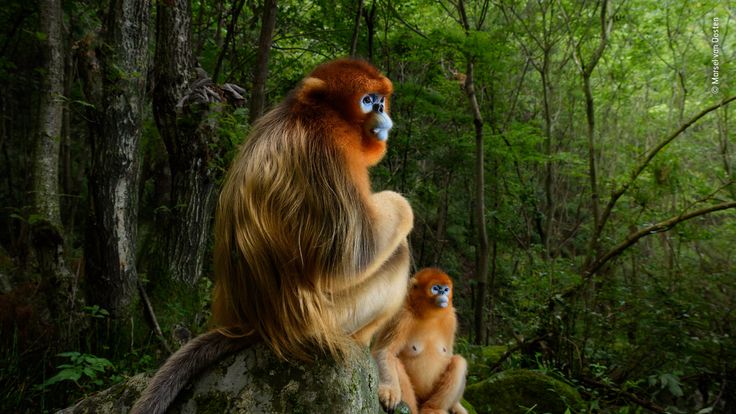
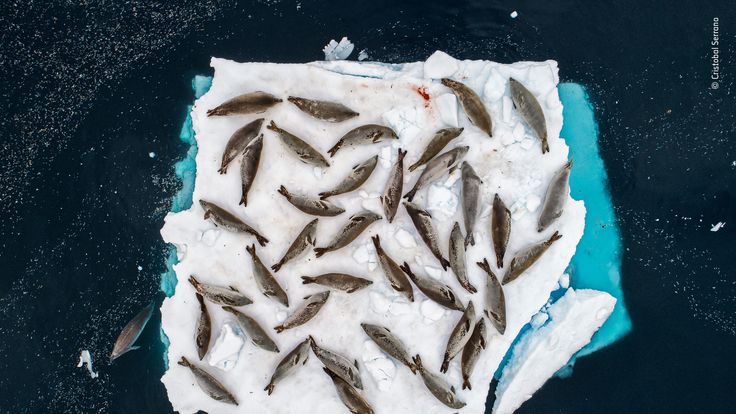

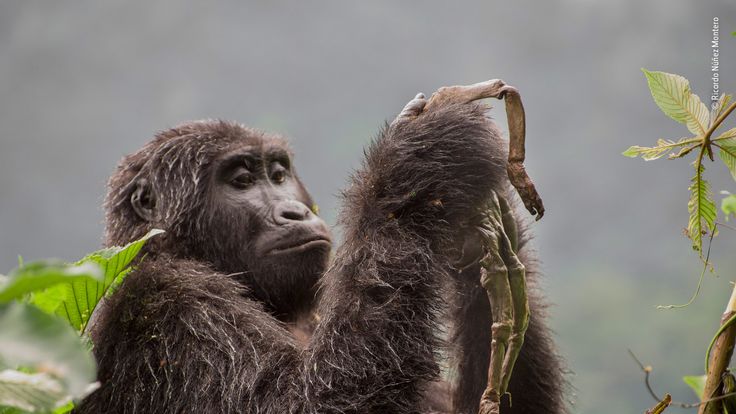
We are surrounded by a lightbox display of stunning imagery: a young female mountain gorilla mourning the loss of her infant; an otherworldly flying fish; a hungry hellbender salamander feasting on a snake underwater; two owls nestling inside a pipe, staring accusingly at the camera; a shocking picture of a monkey forced to wear a clown mask. There are 100 finalists in total.
Marsel was very, very happy with his shot, he says, but he didn't for one minute think he would win.
"I was completely in shock," he says. "I totally didn't expect that to happen. I was thinking, who is it going to be and suddenly I heard my name. It was very surreal. On the stage was a big blur. I think I gave the worst speech in Wildlife Photographer Of The Year history."
Marsel, a former advertising art director from Amsterdam who started taking photography seriously after his honeymoon in Tanzania in 2001, will tell you that any photographer shooting wildlife has to get lucky, that with an unpredictable animal as your subject there's never a guarantee.
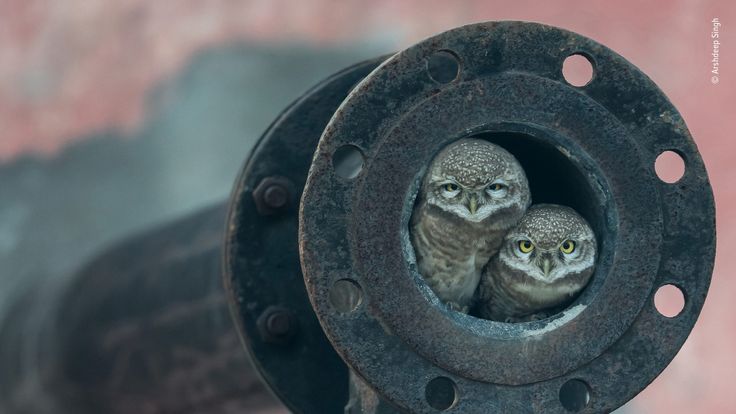
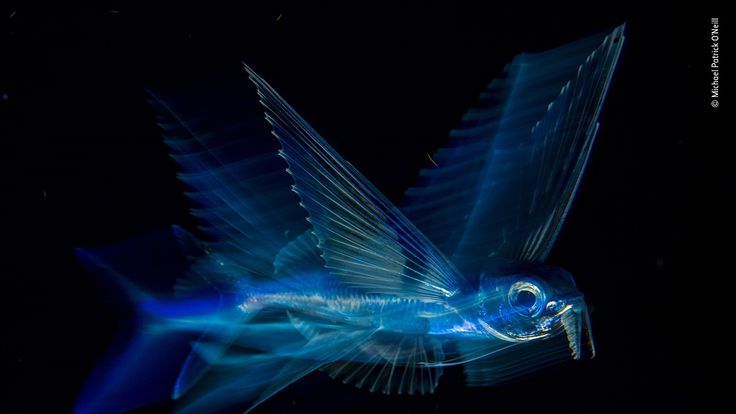
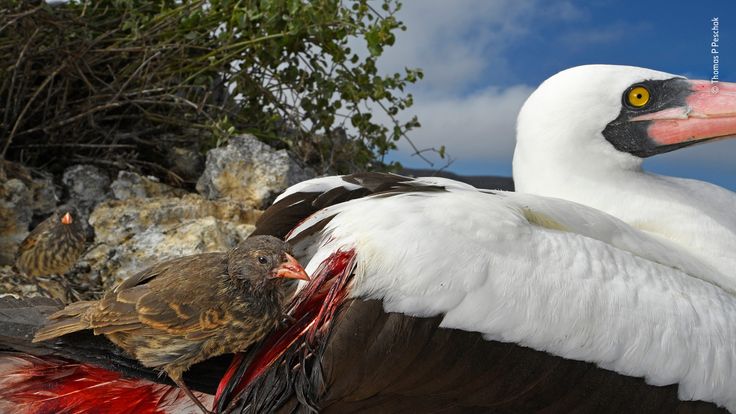
But with photography, it's true that you really do make your own luck. Marsel's photograph was planned not just during the trip to China but months and months before; this was his third trip to the forest, and he used a local researcher while he was there to make sure he found the prime spots.
"Sometimes you get lucky. In this case I think I got lucky; the animals did something I hoped they would do and very often they don't. But the most important part is before I go on a trip, I think about what I'm going to photograph and how I'm going to photograph it and have a creative plan in my head, so when I arrive I know what kind of image I want to get.
"In this case I really wanted to get a photo of one of the males… the males have these very long guard hairs on the back which I wanted, and I needed to get an angle where I was three-quarters behind the animal but the challenge is when you see the back, you don't see the face. And it is not just about the animals but the habitat as well.
"These monkeys are both looking in one direction, but that's because they're looking at other monkeys. These troops have a very strong hierarchy… they kind of fight every now and then and those fights can be very intense; lots of noises and screaming and branches breaking…
"I needed to be very, very patient."

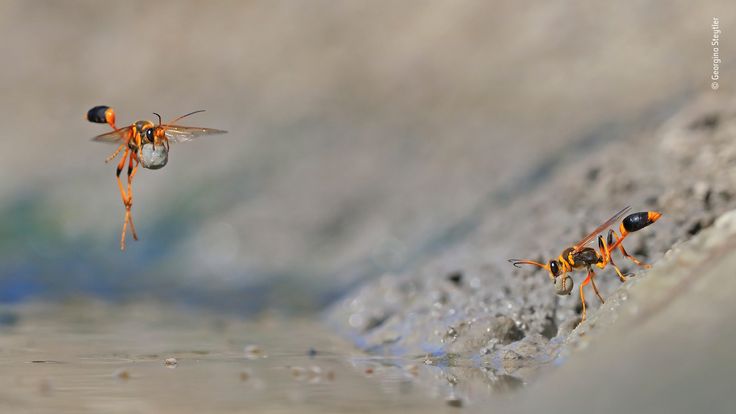
Marsel's trip lasted five days, with around 10 hours spent on location each day. His winning image came halfway through the fourth day.
"For wildlife photos, that's not bad at all," he laughs. "In this instance there was a lot of noise… they both looked up and I was just lucky that they looked in the direction I wanted them to."
Marsel, a regular National Geographic contributor, has won awards for his work before, but Wildlife Photographer Of The Year, he says, is the ultimate.
"This is really the highest you can achieve as a photographer," he says. "It can only go downhill from here."
Now in its 54th year, Wildlife Photographer Of The Year attracts entries from across the world.
There are 19 categories, which include everything from animal portraits to photojournalism, depicting the incredible diversity of life on our planet.
Images from professional and amateur photographers are selected by a panel of industry-recognised professionals for their originality, creativity and technical excellence.
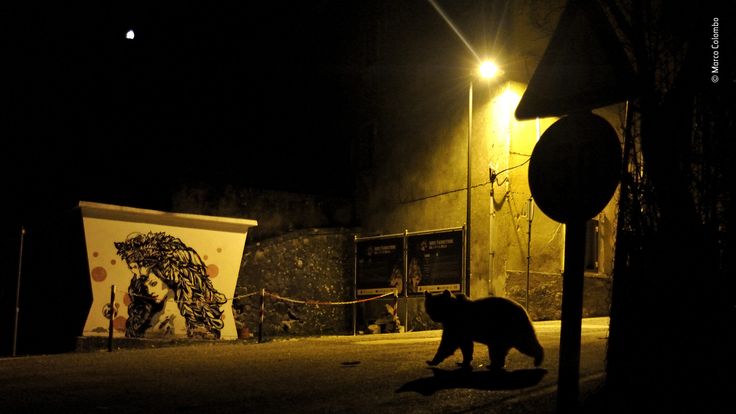
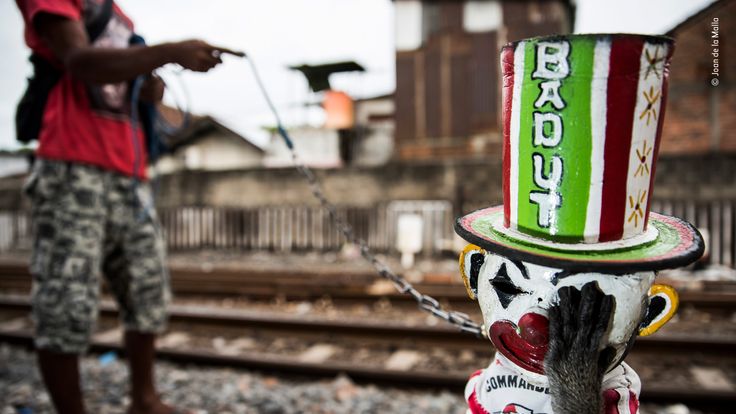
Sixteen-year-old Skye Meaker, from Durban in South Africa, has been entering for the past four years, and this year takes the prize for Young Wildlife Photographer of the Year thanks to his shot of a lounging leopard. Judges praised him for his "precisely executed timing and composition".
"My dream came true," he says of his win. "My heart exploded and jumped out my chest."
Like Marsel, Skye had visualised his picture before he captured it. Taken in the Mashatu Game Reserve on the border with Botswana, it is a reserve he has been visiting with his family for years.
"I have watched this leopard grow up," he says. "This time, I waited for hours for the perfect opportunity, driving around the tree four times to get the perfect angle. The moment I took it I thought, that's the picture."
Chair of the panel Roz Kidman Cox says the judges have a difficult task on their hands each year.
She describes Marsel's winning image as "an artwork worthy of hanging in any gallery in the world".
There can be serendipitous pictures, she says, but behind most is a wealth of understanding and practice.
"The winning photograph is a truly beautiful picture but also quite thought-provoking. It's a picture that stays with you and you keep coming back to it."
:: Wildlife Photographer Of The Year 2018 opens at the Natural History Museum on Friday and runs until summer 2019.
[contf] [contfnew] 
Sky News
[contfnewc] [contfnewc]




![The Latest Denim Trend Is Here And It Doesnt Involve Much Denim At All [PHOTOS]](https://amsterdamtimes.info/wp-content/uploads/2018/05/Jeans-e1525985937779-1-100x75.jpg)

